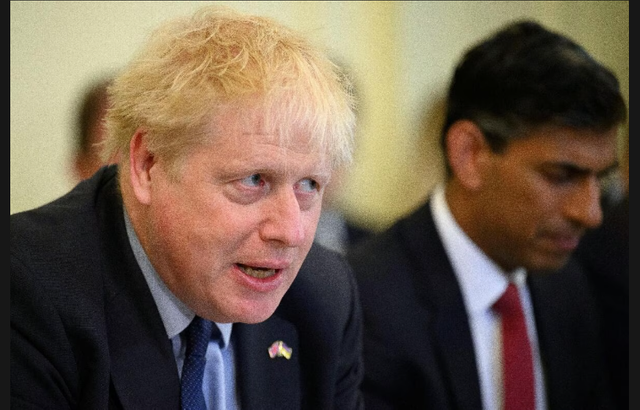The pound extended gains after Boris Johnson dropped out of the race to be the next Conservative Party leader.
The pound was rallying as much as one per cent to $1.1401 in early Asia trading on expectations that a potential Rishi Sunak premiership would be better qualified at trying to fix the UK's finances.
But the British currency is still down around 16pc against the greenback this year.
“A Sunak-led government seems more welcome for stability,” said Mahjabeen Zaman, head of FX research at Australia & New Zealand Banking Group.
“While the risk premium in FX from the original budget has been reduced by the U-Turn, the pound still faces ongoing challenges.”
Strategists at ING Bank NV see sterling slipping back to $1.05 by year-end, and Bank of America is sticking with its call of parity.
Liz Truss’s decision to step down as prime minister triggered the contest, following weeks of turmoil with investors dumping the pound and UK government bonds. Her economic plan, including a big boost in borrowing to pay for tax cuts, rattled markets and turned voter sentiment further against the Tories.
The huge economic and fiscal headwinds ahead spell further pain for the pound regardless of who wins the contest to become the UK’s next leader.
Investors distracted by the political circus engulfing the nation may start turning back to the economy’s woeful outlook: inflation at a 40-year high, soaring interest rates, depressed consumer sentiment and a potential return to austerity.
Throw this week’s premiership race and the dollar’s strength into the mix too, and that implies that sterling’s bounce from an all-time low last month is on borrowed time. And while the bond market meltdown has also subsided, there are plenty of challenges there too. Even with Ms Truss’ sweeping unfunded tax cuts now scrapped, net issuance of gilts for the next fiscal year remains vast and borrowing costs are sky high.
